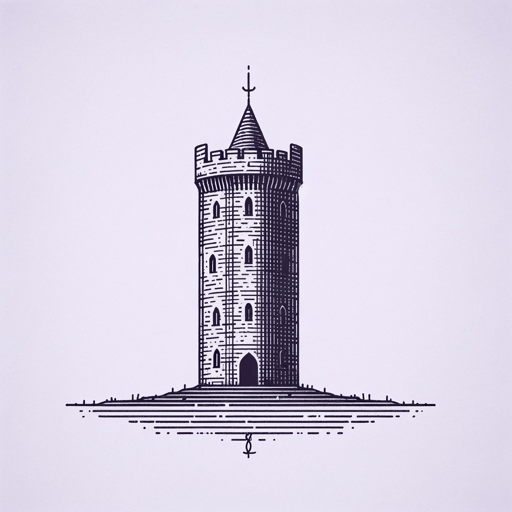17 pages • 34 minutes read
Thomas HardyChannel Firing
Fiction | Poem | Adult | Published in 1914A modern alternative to SparkNotes and CliffsNotes, SuperSummary offers high-quality Study Guides with detailed chapter summaries and analysis of major themes, characters, and more.
Symbols & Motifs
Imagery of Death
There are many examples of death imagery and symbols related to death throughout the text, including “coffins” (Line 2), “Judgment-day” (4), “mounds” (Line 8), and “red war yet redder” (14). The dead, who lie in their coffins unable to rest in peace, narrate the poem. The idea of Judgment Day, Hell, and the blowing of the trumpets all act as reminders of the inevitable fate of the living. The not-so-subtle imagery of death sets a bleak and dire tone for the poem, and emphasizes the gravity of war and the situation these nations face. Hardy’s inclusion of so many references to death underscores the terrifying reality of death and acts as a reminder to the living about how precious life is; however, the poem is under no illusion that such an idea will ever matter to nations at war.
Camelot and Stonehenge
The references and inclusion of the allusions to literature and history makes a very strong statement about the insidiousness of war. The final stanza demonstrates the ways in which the effects of war can be felt throughout all of history, fictional or real, ancient or modern: “And Camelot, and starlit Stonehenge” (Line 36).
Related Titles
By Thomas Hardy

Ah, Are You Digging on My Grave
Thomas Hardy
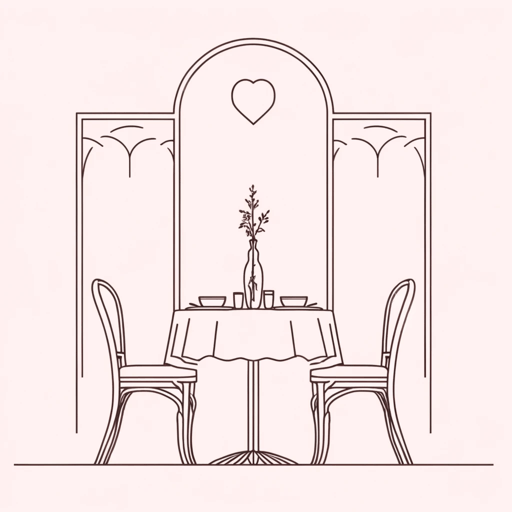
At an Inn
Thomas Hardy

Far From The Madding Crowd
Thomas Hardy
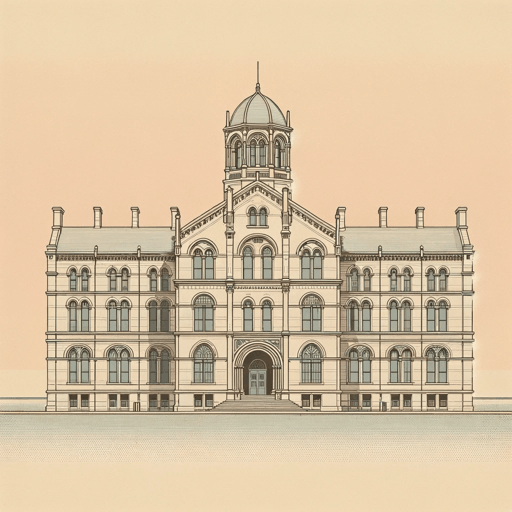
Jude the Obscure
Thomas Hardy
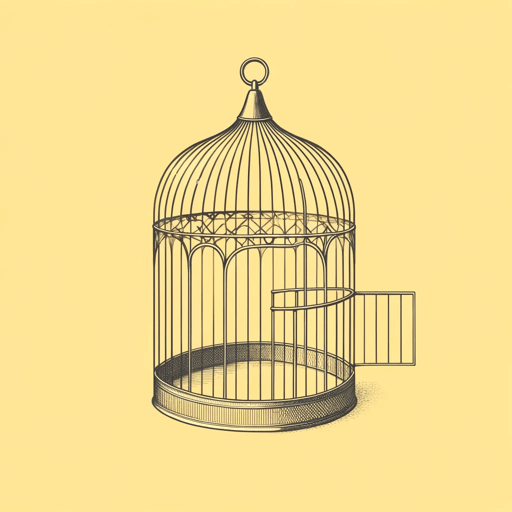
Tess of the D'Urbervilles
Thomas Hardy
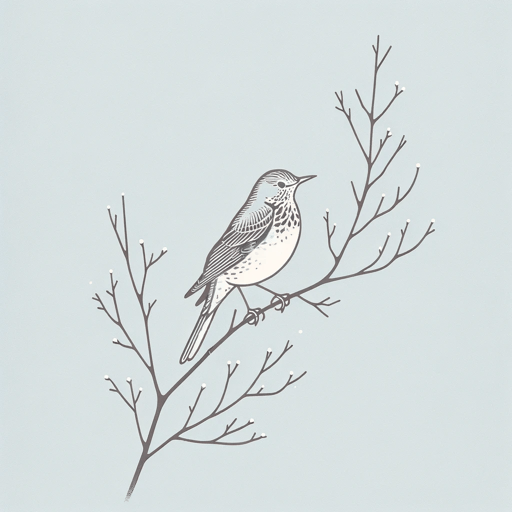
The Darkling Thrush
Thomas Hardy
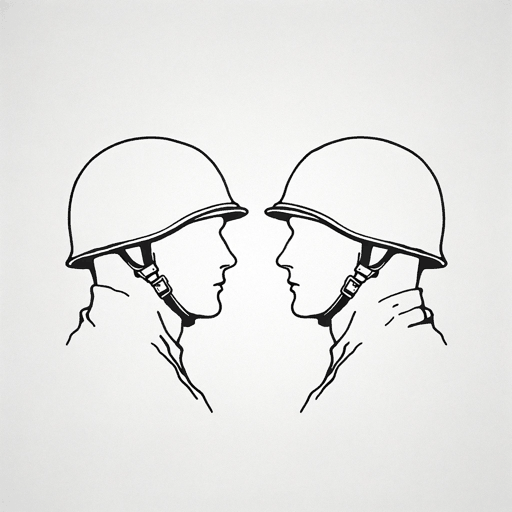
The Man He Killed
Thomas Hardy
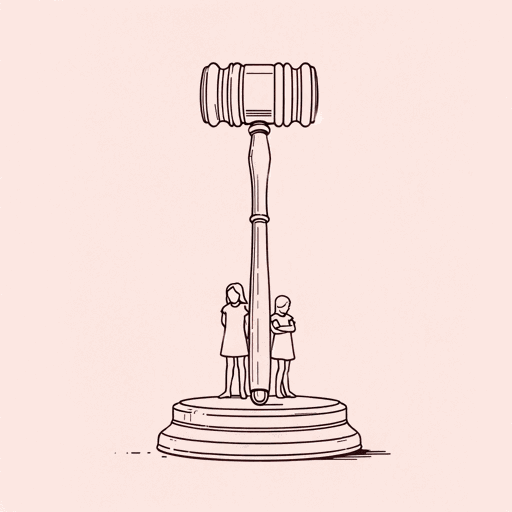
The Mayor of Casterbridge
Thomas Hardy
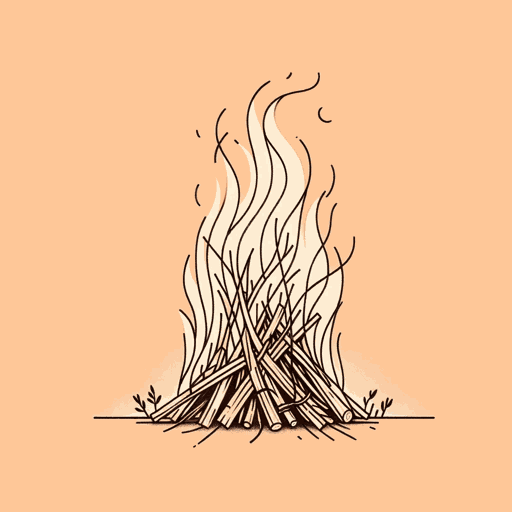
The Return of the Native
Thomas Hardy

The Withered Arm and Other Stories
Thomas Hardy
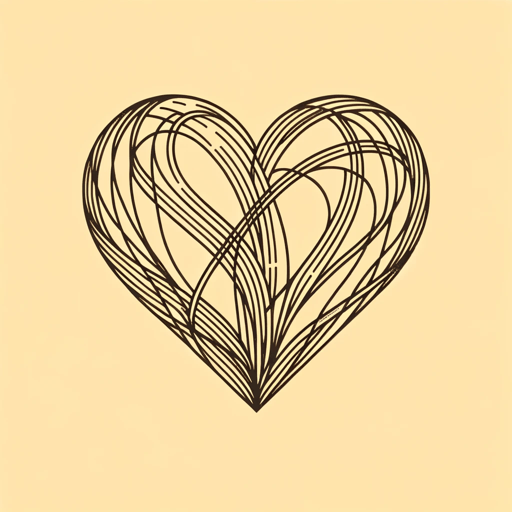
The Woodlanders
Thomas Hardy
Featured Collections
Christian Literature
View Collection
Memorial Day Reads
View Collection
Military Reads
View Collection
Poems of Conflict
View Collection
Romantic Poetry
View Collection
Satire
View Collection
Short Poems
View Collection
Victorian Literature
View Collection
Victorian Literature / Period
View Collection
War
View Collection
